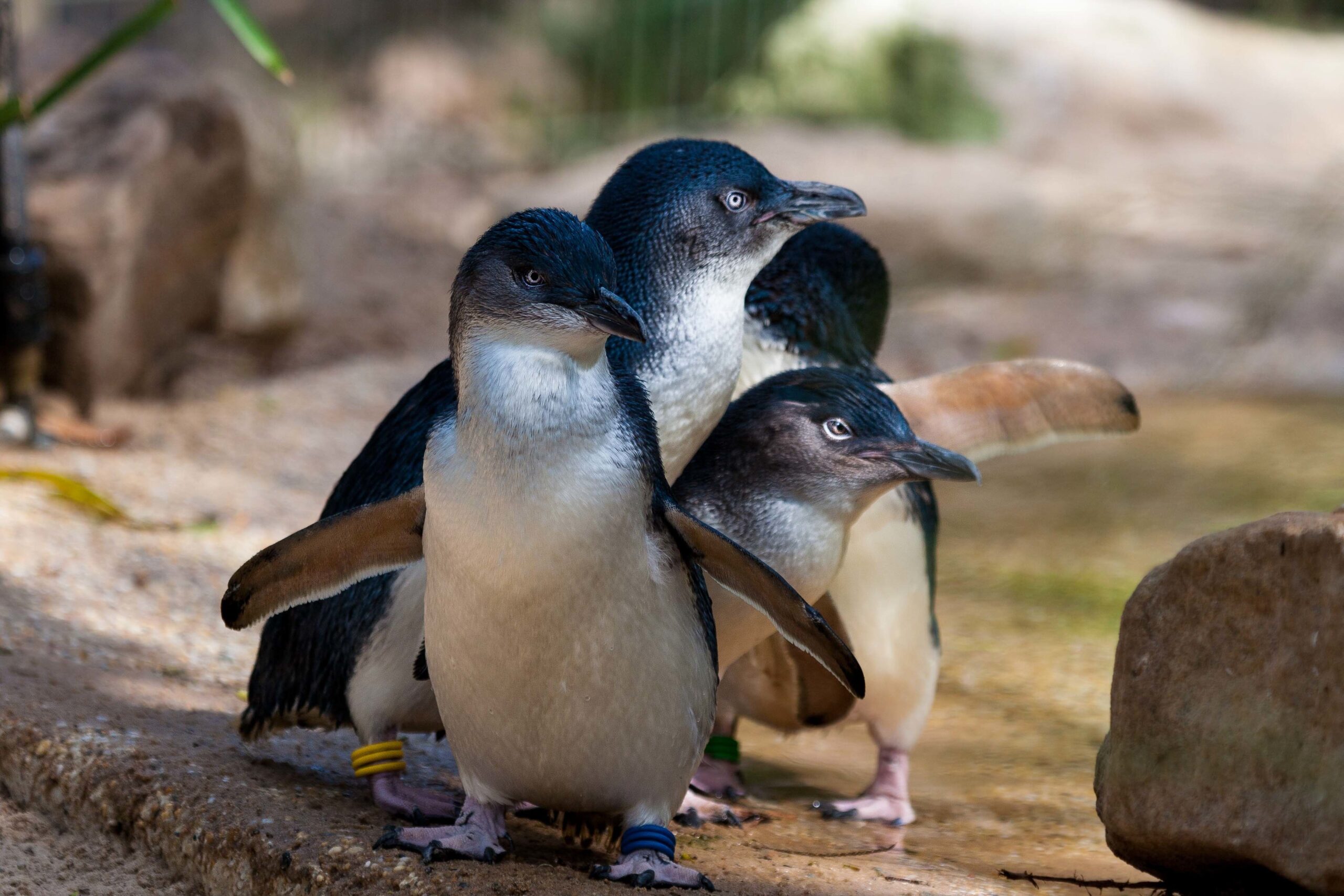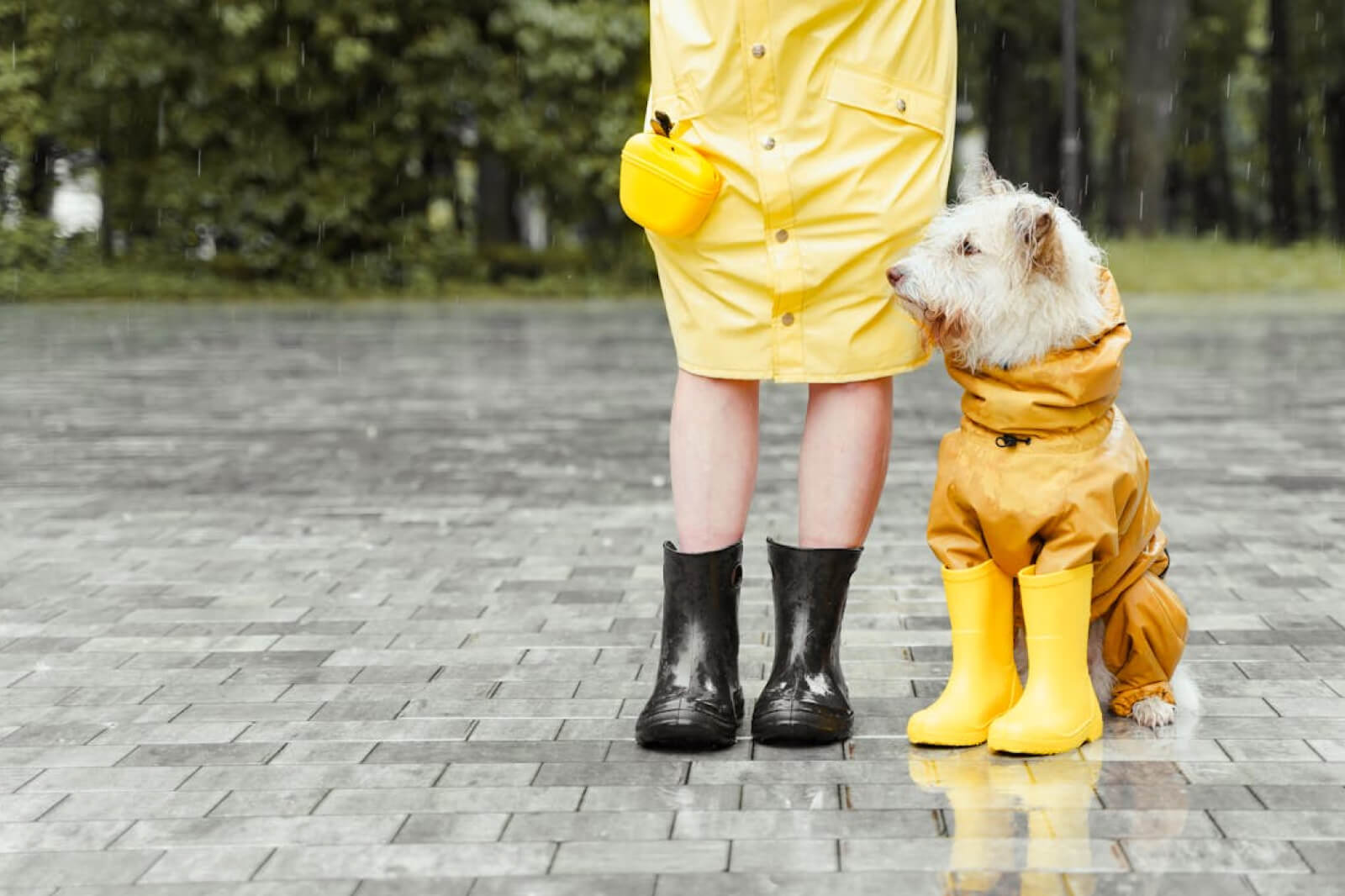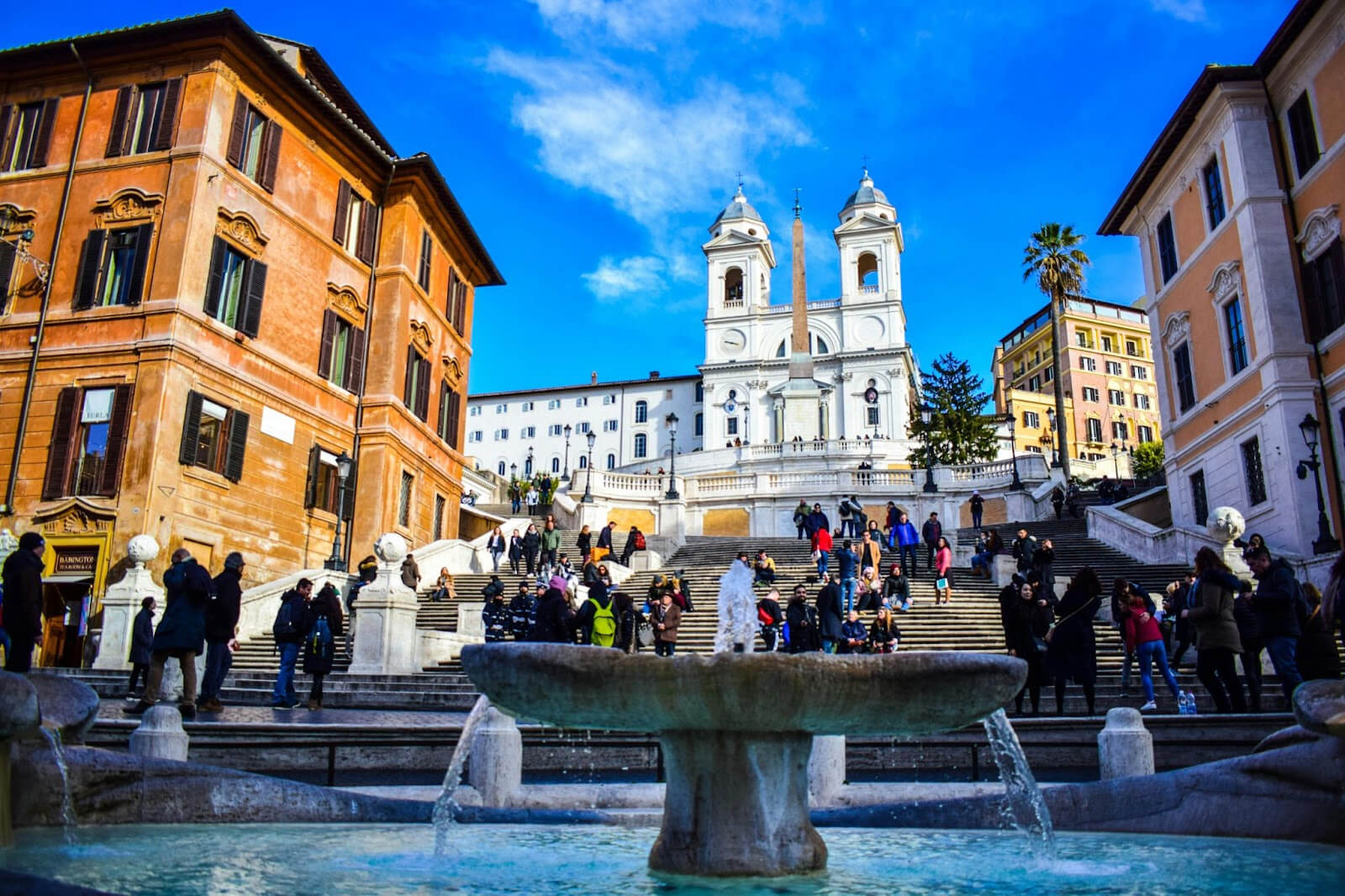
Australia’s Most Beautiful Animal Sanctuaries and Zoos

Adobe Stock Image

Hope is not gone from the Australian bush, where fires have been ravaging the naturally dry region since September. While ecologists estimate that one billion animals have been lost in this year’s historic disaster, there are still survivors and (thankfully) untouched wildlife in the beautiful region.
And even as 15.6 million acres of forest and parks suffer from the record-breaking heat and drought, there are relief efforts like the New South Wales government’s Operation Rock Wallaby. Among the creatures escaping the bushfires, the endangered brush-tailed rock wallaby is at risk not from the fires themselves but from the lack of natural resources. Over the course of one week, officials air dropped more than 2,000 pounds of sweet potatoes and carrots to surviving animals below.
Other survivors have found reprieve from the fires, and some have been spared from the ecological disaster altogether, throughout Australia’s nature reserves and animal sanctuaries. To donate, visit, or simply spread the word, stay updated with these organizations!
1. Australia Zoo
After taking over the Australia Zoo in 2006, Steve Irwin’s family has saved over 90,000 animals at their Wildlife Hospital. From grey-headed flying foxes and baby possums to fruit bats and the native puggle, a tiny form of spiny anteater, the Australia Zoo is safe from the bushfires and nursing as many animals back to health as they can.
2. Sydney’s Taronga Zoo
Australia’s largest zoo houses over 4,000 animals from over 250 species, many of which are endangered. Their conservation team also continues research, education, action, and advocacy on behalf of Australian wildlife. It’s open every day of the year, including Christmas.
In response to the bushfires, “Taronga is responding to this emergency helping save wildlife from the devastation of these bushfires and droughts by providing emergency shelter, medical care and rehabilitation for koalas, platypus, wallabies, bats and critically endangered frogs and fish.” You can help relief efforts by contributing here.
3. Melbourne Zoo
Melbourne Zoo, under Zoo Victoria, is fighting extinction by housing over 320 species. They’re raising funds to provide relief from the bushfires here.
4. Taronga Western Plains Zoo, Dubbo
Taronga Western Plains Zoo is an open range zoo located in New South Wales.
5. Lone Pine Koala Sanctuary
Lone Pine Koala Sanctuary is the world’s oldest (and largest) koala sanctuary. Located in Queensland, it was founded in 1927 and houses over 130 koalas in unique exhibits.
6. Alice Springs Desert Park
Located in the Northern Territory of Australia, Alice Springs houses animals and plants native to Central Australia, which is predominantly desert. Alice Springs works for research, conservation, and education, allowing visitors to experience the desert environments firsthand.
7. Phillip Island Nature Park
A conservation park in Victoria, Phillip Island is dedicated to research and education. Coupled with ecotourism, “the habitat within Phillip Island Nature Parks supports significant populations of little penguins, hooded plovers, short-tailed shearwaters and other international migratory bird species, and mammals such as koalas, possums, wallabies, Australian fur seals and bats.”
8. Tasmanian Devil Unzoo
To experience Tasmania, you can have an immersive experience at the Tasmanian Devil Unzoo. “So what is an Unzoo?” According to their website, “For us, it is an experiment to change our 40 year old family animal park into a ground-breaking ‘zoo without cages.’ After 10 years of effort, it is now working well with wild wallabies, echidnas, possums, native fish and nearly 100 bird species living around our Unzoo bush garden. To best discover these wonderful creatures join one of our expert guides on a nature walk through the bush.”


